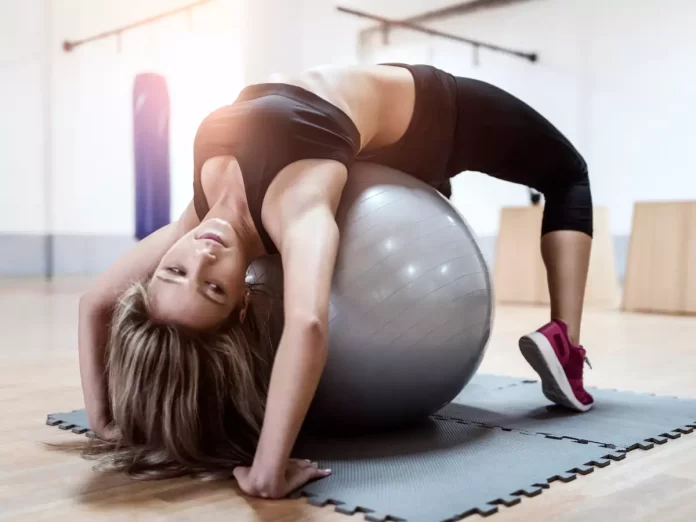Yoga exercises with the best balls, also known as a yoga ball, exercise ball, or stability ball, is a large inflatable ball typically used in fitness and yoga practices. These balls come in a range of sizes and materials but are typically made of durable, anti-burst materials to ensure safe use.
In yoga, practice balls can be used in a variety of ways to help support and deepen postures, challenge balance, and stability, and provide a unique way to engage the core and other muscles. They are often used in combination with traditional yoga props, such as blocks and straps, to enhance the practice and provide added support or resistance.
A Brief History of the Use of Training Balls in Yoga Practice
Training balls, also known as exercise or known as yoga balls, have been used in fitness and rehabilitation for several decades. The concept of using a ball for yoga practice was first introduced by Swiss physical therapist Susanne Klein-Vogelbach in the 1980s. She believed that incorporating a ball into yoga practice could enhance the benefits of traditional yoga poses by engaging more muscles and promoting balance and stability.
The idea quickly caught on, and soon yoga teachers and practitioners all over the world began incorporating training balls into their practice. In the early days, the balls were primarily used for therapeutic purposes, such as for patients with back injuries or mobility issues. However, as the benefits of incorporating a ball into yoga practice became more widely known, the use of training balls became more common in regular yoga classes
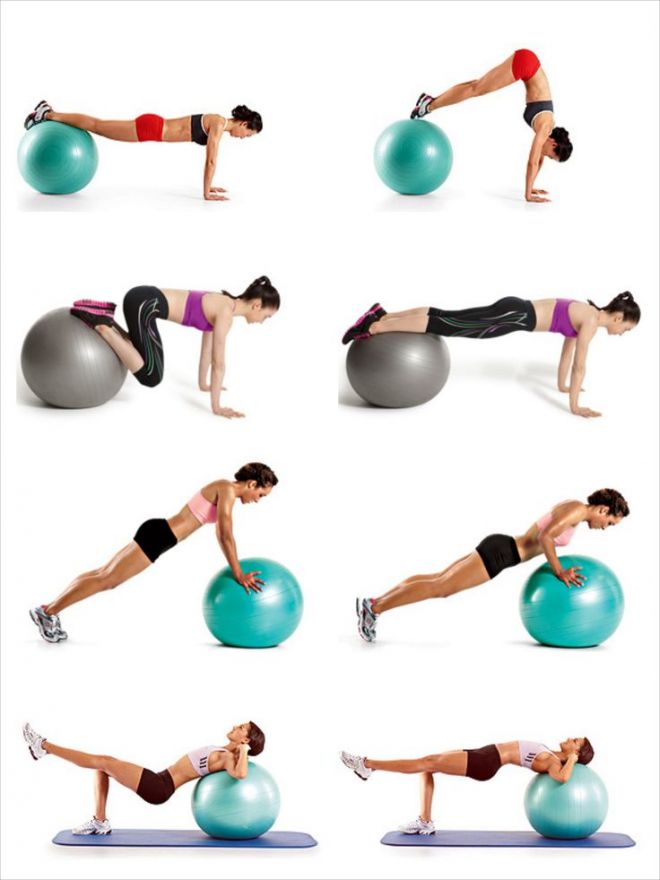
Today, practice balls come in a variety of sizes and materials, including inflatable PVC balls and more eco-friendly options like cork and natural rubber. They are used to enhance traditional yoga poses, such as downward dog, bridge pose, and child’s pose, by adding an element of instability that requires the practitioner to engage additional muscles and focus on balance.
Overall, the use of practice balls in yoga has become an integral part of many practitioners’ routines, providing a fun and challenging way to deepen their practice and reap the many benefits of yoga.
Here are some potential benefits of using a practice ball in yoga:
- Improved balance: Using a practice ball can help improve your balance and stability during yoga poses by creating an unstable surface that challenges your body to engage its core muscles and maintain proper alignment.
- Increased strength: Practicing yoga poses with a practice ball can help increase your overall strength and muscular endurance, particularly in your core, arms, and legs.
- Enhanced flexibility: The use of a practice ball can also help to enhance your flexibility and range of motion, allowing you to deepen your stretches and achieve a greater degree of mobility.
- Improved posture: Incorporating a practice ball into your yoga practice can help improve your posture and alignment by engaging the muscles in your back and shoulders and promoting a more upright position.
- Greater relaxation: The use of a practice ball can also help promote greater relaxation and release tension in your muscles, allowing you to sink deeper into your poses and experience a greater sense of calm and tranquility.
Overall, using a practice ball in your yoga practice can be a great way to enhance your physical practice and take your yoga to the next level.
A practice ball in yoga is an incredibly versatile prop that can be used in a variety of ways to enhance your practice. Here are just a few examples of how you can use a practice ball in your yoga practice:
- Stability and Balance: One of the most common uses of a practice ball in yoga is to improve your stability and balance. By incorporating the ball into poses such as Warrior III or Half Moon, you can challenge your balance and engage your core muscles for a deeper, more effective practice.
- Strength and Resistance: Another way to use a practice ball in yoga is to add resistance to your practice. By placing the ball between your thighs or arms, you can engage your muscles for a more intense workout and build strength over time.
- Flexibility and Stretching: Practice balls can also be used to help with stretching and flexibility. By using the ball to support your body in poses such as Bridge or Camel, you can deepen your stretches and release tension in your muscles.
- Relaxation and Meditation: Finally, practice balls can be used to help with relaxation and meditation. By placing the ball under your back or neck in Savasana or using it as a prop for seated meditation, you can release tension and find a deeper sense of relaxation.
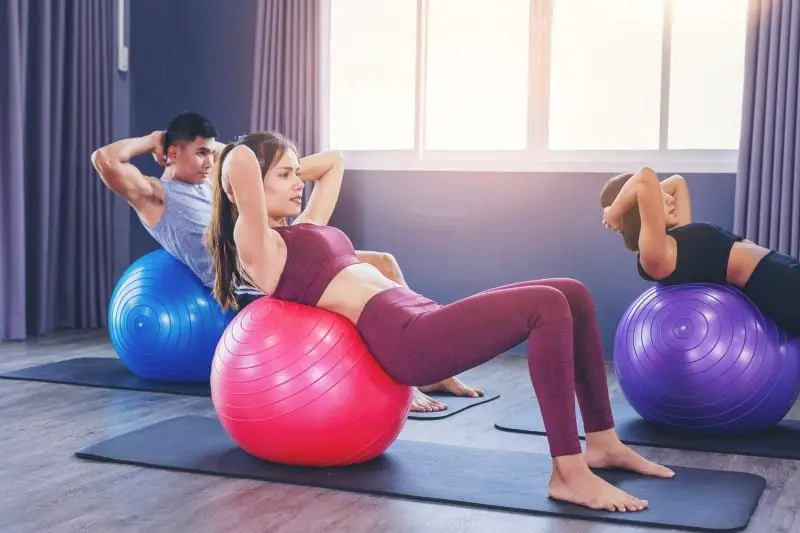
Overall, the versatility of a practice ball in yoga makes it a valuable prop for practitioners of all levels. Whether you’re looking to improve your balance, build strength, increase flexibility, or simply relax and unwind, incorporating a practice ball into your practice can help you achieve your goals and deepen your connection to your body and mind.
Precautions and Safety Measures When Using a Training Ball in Yoga Practice
- Choose the right size: Make sure to choose a training ball that is the right size for your body. If the ball is too small or too big, it can cause instability and increase the risk of injury.
- Inflate the ball properly: Check the manufacturer’s instructions for proper inflation of the ball. Over-inflating or under-inflating the ball can make it unstable and unsafe to use.
- Use on a non-slip surface: Place the training ball on a non-slip surface such as a yoga mat or a non-slip gym floor. This will prevent the ball from sliding or rolling away during exercises.
- Start slowly: If you are new to using a training ball in your yoga practice, start with simple exercises and gradually build up to more advanced poses. This will allow your body to get used to the instability of the ball and prevent injuries.
- Focus on form: When using a training ball, it’s important to focus on your form and alignment to prevent injuries. Keep your core engaged and your spine neutral to maintain stability and prevent strain on your back.
- Avoid overexertion: Don’t push yourself too hard when using a training ball. Listen to your body and stop if you feel pain or discomfort. Overexertion can lead to injuries and setbacks in your practice.
By following these precautions and safety measures, you can enjoy the many benefits of using a training ball in your yoga practice while minimizing the risk of injuries.
How to Incorporate a Training Ball into Yoga Practice
Incorporating a training ball into yoga practice can be a great way to add variety and challenge to your routine. Here are some tips on how to use a training ball in your yoga practice:
- Start with simple exercises: If you’re new to using a training ball, start with simple exercises that involve sitting or lying on the ball. This will help you get used to the ball’s movement and feel more comfortable using it.
- Use the ball for balance: One of the main benefits of using a training ball in yoga is improved balance and stability. You can use the ball to challenge your balance in various poses, such as tree pose or warrior III.
- Incorporate the ball into core exercises: The instability of the ball can help to engage your core muscles in a more challenging way. Try incorporating the ball into exercises such as plank, crunches, or leg lifts.
- Use the ball for backbends: The training ball can be a helpful tool in practicing backbends, such as bridge pose or wheel pose. The ball can support your back and help you get deeper into the pose.
- Relax on the ball: After a challenging practice, you can use the ball for relaxation and gentle stretching. You can lie back on the ball and let it support your body as you breathe deeply and release tension.
It’s important to remember to use the training ball safely and listen to your body. If you feel any discomfort or pain, stop using the ball immediately. It’s always a good idea to consult with a qualified yoga teacher before incorporating new props or exercises into your practice.
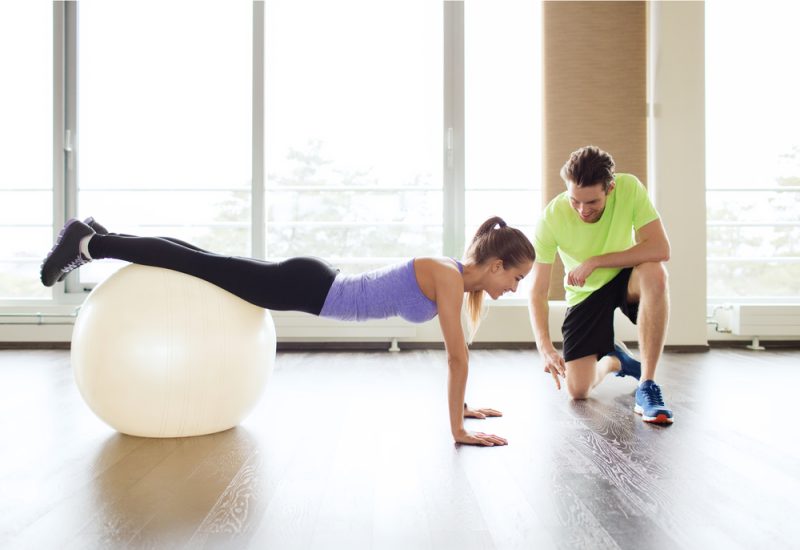
Precautions and Safety Measures When Using a Training Ball in Yoga Practice
- Choose the right size ball: It is important to select a ball that is the appropriate size for your body. A ball that is too small or too big can cause discomfort or instability, which can increase the risk of injury. To determine the right size ball for you, sit on the ball with your feet flat on the ground and make sure your hips are level with or slightly higher than your knees.
- Inflate the ball properly: Make sure to inflate the ball to the recommended level of firmness. Overinflated balls can burst or cause injury, while underinflated balls can be unstable and increase the risk of falls.
- Best Yoga Exercise Balls on a stable surface: When using a training ball in yoga, make sure to place it on a stable and even surface, such as a yoga mat or a non-slip floor. Avoid using the ball on a carpet or a surface that is slippery or uneven, as this can increase the risk of falls.
- Start slowly and gradually increase intensity: If you are new to using a training ball in yoga practice, start with simple exercises and gradually increase the intensity and difficulty level. This will help you build strength and stability without overexerting yourself or risking injury.
- Listen to your body: Pay attention to how your body feels when using the ball and stop if you experience any pain, discomfort, or dizziness. It is important to listen to your body and not push yourself beyond your limits.
By following these precautions and safety measures, you can safely incorporate a training ball into your yoga practice and enjoy the many benefits it has to offer.
There are many great yoga exercise balls available for yoga classes in the USA. Here are some popular options:
- Gaiam Yoga Ball: This is a durable and lightweight yoga ball that comes in a variety of sizes and colors. You can purchase it on Gaiam’s website or on Amazon.
- URBNFit Exercise Ball: This ball is made with anti-burst technology and comes with a pump and exercise guide. It is available on Amazon.
- ProBody Pilates Yoga Ball: This ball is made with high-quality, anti-burst material and is great for yoga and pilates. It is available on Amazon.
- Trideer Exercise Ball: This ball is made with extra-thick material and comes with a quick inflation foot pump. It is available on Amazon.
- Live Infinitely Exercise Ball: This ball is made with durable PVC material and comes with a hand pump and exercise guide. It is available on Amazon.
You can purchase these yoga balls on their respective websites or on Amazon. Additionally, most sporting goods stores and fitness equipment stores will carry yoga exercise balls as well.
Squats with a ball
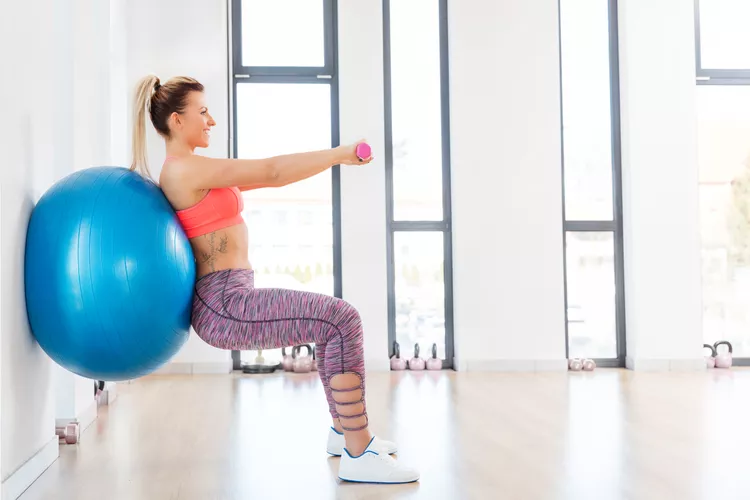
Squats with a ball not only help to maintain balance but also strengthen the buttocks and thighs.
Yoga exercises with the best balls can be a great helper if you have problems with your back or knees. Using the ball, you can often take the load off your back and knees, which gives you a safe way to squat.
- Learn the ball against the wall and place it behind the small of your back.
- Slightly spread your legs to lean against the ball, legs at a hip distance from each other. If your feet are too close to the wall, you may strain your knees.
- Bend your knees and drop into a squat, dropping as low as possible. Try looking down to make sure your knees don’t go too far behind your toes.
- Keep your weight on your heels as you push back, and try not to block your knees when you’re standing.
- Repeat 15 repetitions.
- To add intensity, hold dumbbells in your hands
Leg press on the ball
If you have problems with your knees, this exercise may not suit you. The key to this exercise is trying to keep the weight on the heels, not on the toes, which can strain the knee.
- Sit on the ball and slowly move your feet forward until you are on the ball at an angle. Your head and shoulders should not touch the ball, and your knees should be bent.
- Bend your knees as if you are going to sit down.
- Press your heels to return to the starting position.
- Repeat 15 repetitions.
Back extension
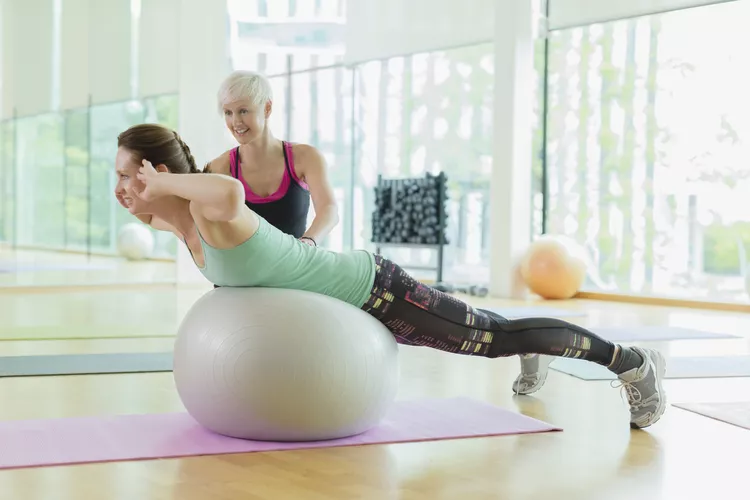
This move can be a little tricky to get into position. You may have to adjust the ball several times before you find suitable support.
- Lie face down with the ball under your hips and lower torso.
- You can lean on your knees, which is easier, or on your socks, straightening your knees, which is more difficult.
- Put your hands under your chin, bending your elbows.
- Roll forward over the ball, and then strain your lower back to lift your chest off the ball.
- Try lifting your shoulders up until your body is in a straight line, but don’t overexert yourself.
- Repeat 12-16 reps.
Hip lifts
Hip lifts are a great way to work on balance, but you also get a great workout for the buttocks and hamstrings. 6
- Lie down on the floor, resting your heels on the ball.
- Straining your abs, slowly lift your hips off the floor, squeezing your buttocks.
- Continue until your body becomes a straight line.
- Hold for a few seconds and lower, repeating 15 times.
To make it easier, place the ball under your knees, not under your heels, and keep your hands on the floor. To complicate the exercise, cross your arms over your chest. If your knees feel uncomfortable in this locked position, roll the ball with your feet, lifting your hips up.
















